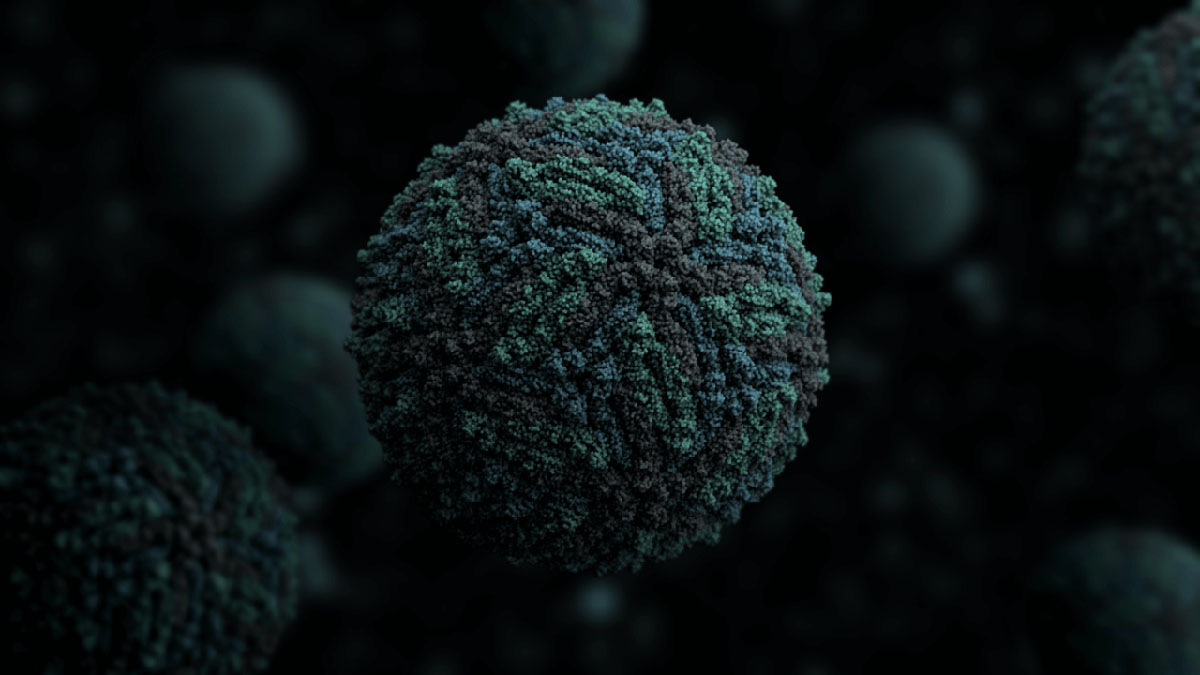how do you spot an alien?

Today, as we’re searching for life on Mars and are thinking about sending probes to a number of possible habitats in the outer solar system, we lament that robots can only do so much and it would take a human to find and recognize an alien organism. But is that really true? Would humans really do a better job of identifying alien life than robot probes? After all, we need to keep in mind that no one has ever seen an alien creature and none of us have any idea what an extraterrestrial microbe or bacterium would look like.
Let’s say that we land a robot on Europa and manage to slip a submarine into the ocean under its icy shell. Some bizarre being no one has ever seen before swims up to the camera. Well that would be pretty cut and dry. It’s living in an alien ocean, it moves, it’s active, so it’s obviously an extraterrestrial organism. However, what if the only living things in that ocean are bacteria and various slime? Maybe it’s not as warm and active as we think and complex organisms wouldn’t evolve there. When we focus our microscopes on them, would we be able to tell what’s living or what’s just a collection of organic compounds? What does alive mean on a microscopic level?
Believe it or not, we have a very similar dilemma right here on our planet. Viruses are abundant and they do a lot of things that all organisms on our world do. They reproduce, they mutate all the time and they evolve into new and different forms. However, until they can find a host with the cellular machinery to help them spawn more copies of themselves, they’re more like a ball of inert biochemical components. Their outer shells, or capsids, resemble crystals rather than cell walls and the genetic material they use for replication is sometimes like looking back to the very start of evolution, when hereditary materials were being passed by RNA rather than DNA.
It was usually thought that because viruses required other living cells to replicate, they must’ve evolved after the first microorganisms and persisted because they evolve so quickly. With their usually tiny genomes, very few repair mechanisms like the ones found in DNA and astounding amounts of copies they make, viruses exemplify natural selection at hyper-speed. But now, the experts think that viruses could’ve actually been one of the very first life forms and replicated in other ways until they could interact with other microorganisms. Their proof is the fact that a typical genome of a complex organism like a human has more viral genetic data that the actual encoding genes we use on a constant basis. Most DNA on Earth is basically legacy code from a wide variety of primordial and ancient viral mechanisms.
So if we land on another world, start looking around and nothing comes out to greet us, maybe we should focus our efforts on finding alien viruses as they’re replicating themselves. It would be a far cry from little green men with ray guns but it would still be an actual, living alien. Albeit living by technical definition only.





